The History of Doors
The History of Doors
Many would assume that doors had to be invented in conjunction with houses and you’d be right! Doors date back to the Egyptian era.
You might have thought that doors would warp in the hot Egyptian heat but fortunately for the Egyptians, their climate was hot and dry enough that the wood on their doors did not warp. Additionally, their door designs were very basic, comprised of planks of wood and hinges – meaning that warping wouldn’t be that much of an aesthetic issue.
Notable Doors in History
Throughout history there have been many doors and entrances that have captured the imaginations of many. We’ve hand-picked 5 of our favourites!
Narnia Wardrobe
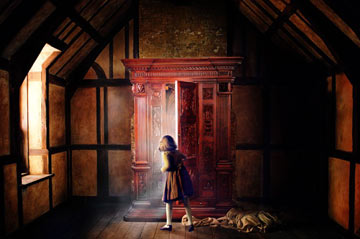
The magical wardrobe made famous by C.S. Lewis just had to make it onto our list. The doors that led into the mystical world of Narnia will forever be remembered and kept in the hearts of all who read and watched the Narnia series.
221B Baker Street
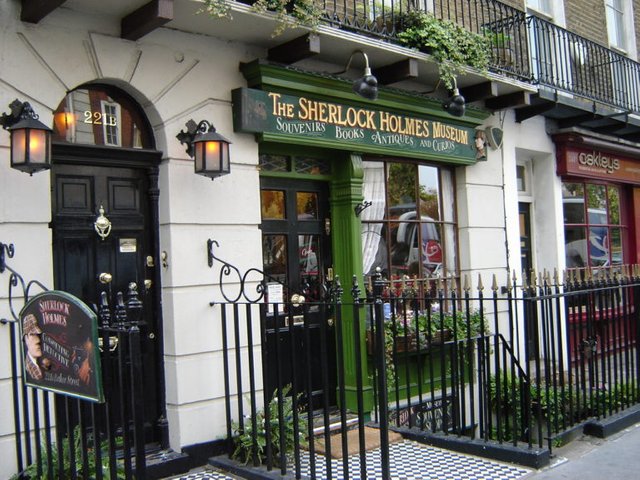
The famous doors of the marvellous and mysterious Sherlock Holmes. They’ve become even more popular thanks to the popular BBC series starring Benedict Cumberbatch.
Number 10 Downing Street
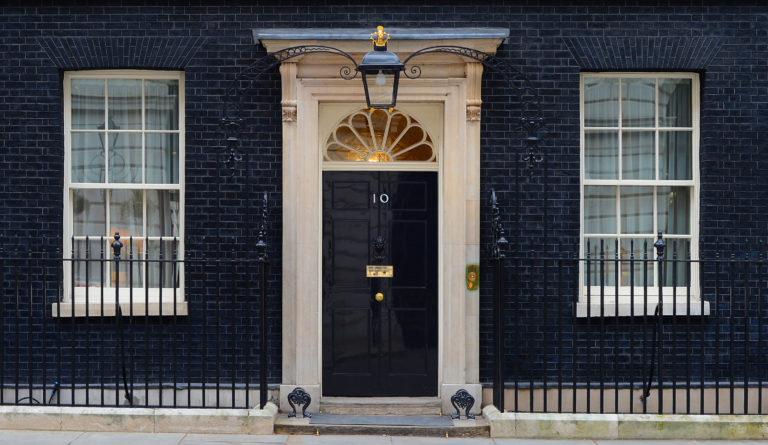
The house of the London Prime Minister! This door has become the symbol of London and is seen most nights on the News. Number 10 Downing Street is one of the most popular tourist destinations in London.
Gates of Paradise, Florence
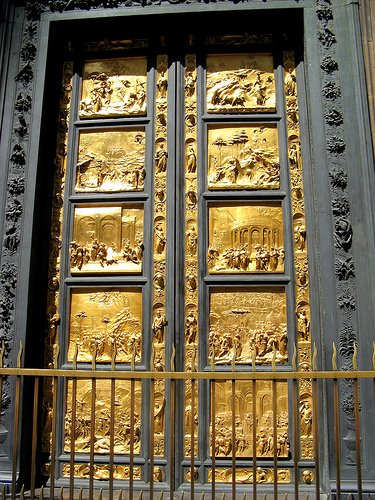
The thousand-year doors lead the way into the hexagonal Baptistery. The doors are the most famous aspect of the structure because each of the 28 panels depict Christ’s life. The original panels were removed in 1990 to preserve them after 500 years of use.
Dublin’s Georgian Doors
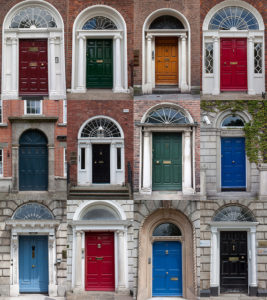
Take any tourist to Dublin and no doubt they’ll come back with pictures of Dublin’s famous Georgian doors. The 8 doors are brightly painted all colours of the rainbow. These doors epitomise the elegance of 18th century Ireland and make for a stunning picture!
The Evolution of the Door
Doors weren’t always just small rectangle-shaped planks of wood that separated houses; as time progressed and craftsmen become more skilled, doors began to take several shapes.
King Soloman’s temple doors were made of Olive wood, which is extremely strong and durable. It is deep brown in colour with oil patterns that make for a distinguished feature. Olive wood became a popular choice because of its durability and stunning design.
However, India opted to use stone to craft their doors, believing they were sturdier and far better at retaining heat. Ancient Indian doors were seen to have pivots on each end, allowing for an easy swivel movement, similar to saloon doors of the old west – just not as quick!
Greece and Rome
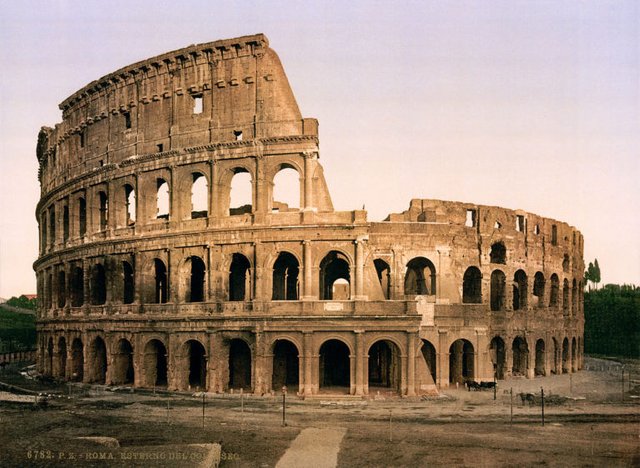
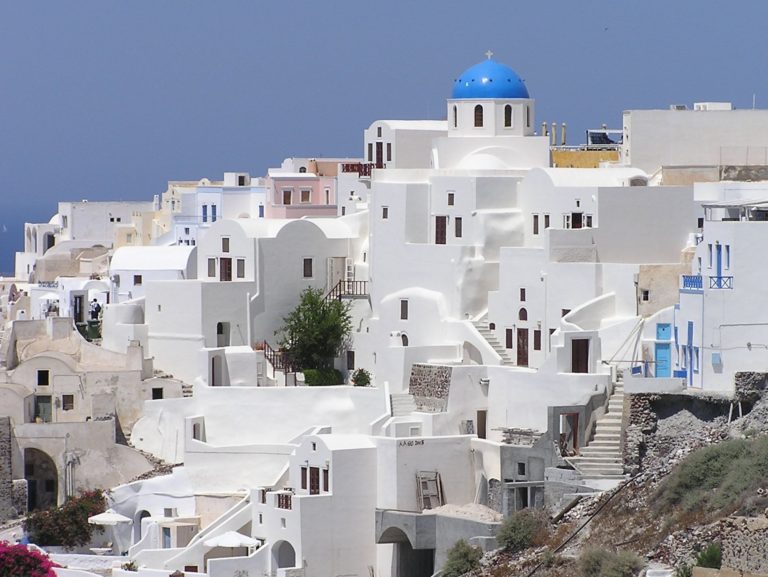
The Romans and Greeks opted to use a variety of doors, including single block doors, double doors, sliding and folding doors. The main material that was used for these doors was bronze, as it was fairly inexpensive and easy to smelt and craft into desired shapes or patterns. According to historical records, bronze was the most commonly used material.
Throughout history, doors consisted of three core materials:
Stone
Wood
Metals (mainly bronze)
Wood still remained the most popular, purely because it was so easy to obtain. However, it wasn’t long before ironmongery rushed onto the scene, especially once the Greeks and Romans began to consistently utilise hinges. Timber, metals latches, stock locks, rim locks and bolts could all be found on early plank doors. Hinges became the most crucial part of the construction process, even more so than the door itself – if the hinges did not operate correctly, then the door would be useless.
Before the introduction of iron strap hinges, the common way to fit a door was by utilising a pivot-motion, where the side of the door was placed on a vertical post and then rebated into sockets at the top and bottom.
However, you may find that when you visit museums, castles, old houses and historical sites, the doors have two iron straps bound to them. early and vernacular examples simply had a loop at the hinged end which would hang on something called a pintle (an iron hook) set into the door frame.
Egypt’s False and Hidden Doors

The Egyptians seemed to be interested in the concept of ‘false doors’. Simply put, these doors didn’t lead anywhere. They were predominantly seen on tombs, so that families could place offerings. They also had doors that were named ‘secret doors’ or ‘hidden doors.’ These doors were made to look like anything other than doors! Instead, they blended into the rest of the interior, mimicking bookshelves or becoming part of the wall itself.
The Doors of Today
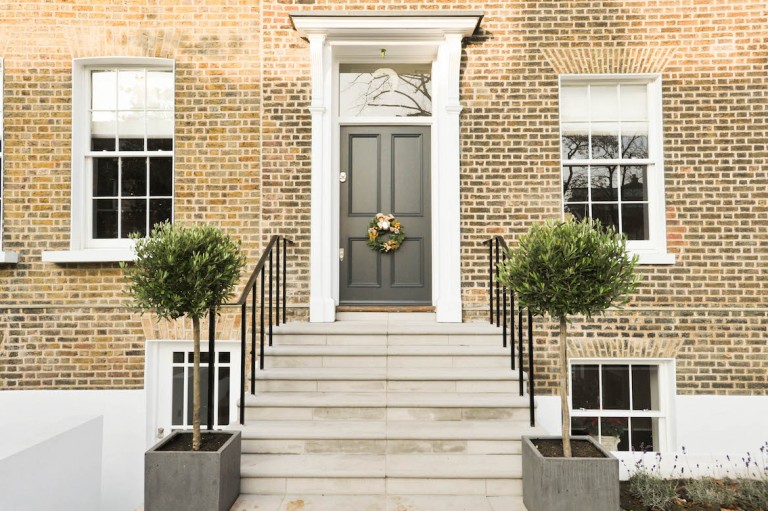
Today, our doors can be made from practically anything. Wood, metal, plastic, paper, glass and even fabric can be used for many projects. Doors were originally designed for one purpose, to let things come in and go out. Now, however, other uses can be implemented, such as cat flaps, windows, two-way doors (barn doors, farmhouse doors) and of course we now use interior doors to separate rooms.
Exterior and Interior Doors of Today
It’s not something we think about much but interior doors and exterior doors serve very different purposes. An interior door is obviously one that is found inside a property, while exterior doors are found outside the property (an entrance door). Some examples of interior doors can be found in bathrooms, living rooms, kitchens, studies and even closets. Interior doors are usually designed to match the interior of the house. Interior doors don’t have to worry about fending off harsh weather or facing the test of time like an exterior door would. Exterior doors, in contrast, have to be able to face the everyday weather, so they’re usually made from stronger, sturdier materials.
Our Doors at Sash Windows London Ltd
Here at Sash Windows London Ltd, we’re slightly more up-to-date than the Egyptians. If you’d like to browse our wide selection of bespoke doors, why not click here? For a no obligation quote, please do not hesitate to get in touch with one of our friendly members of staff on 020 3613 1753. Our doors are made from ethically sourced materials and make for a wonderful addition to your home.